- 28 Posts
- 102 Comments

 1·1 month ago
1·1 month agoThank you for the link. I’ve seen it posted a few days ago.
The caching proxy for this tutorial should easily work with any tile server, including self-hosted. However, I’m not sure what the benefits would be if you are already self-hosting a tile server.
Lastly, the self-hosting documentation for OpenFreeMap mentions a 300GB of storage + 4GB of RAM requirement just for serving the tiles, which is still more than I can spare

 2·2 months ago
2·2 months agoHey ! I (superficially) looked up the Belousov-Zhabotinsky reaction and can confirm it is related to the Gray-Scott model.
The Belousov-Zhabotinsky reaction involves an autocatalytic reaction and chemical species diffusing at different rates, just like in the Gray-Scott model. The main differences are related to constraints of doing actual chemistry instead of simulating it :
- The speed constant is (roughly) fixed for any given reaction (and temperature). Scientists cannot tune speed constants like I did in the simulation
- In the simulation, we constantly add some “food” and remove some catalyst. In an actual chemical reactor, there must be an process to achieve this. A real world implementation of the Gray-Scott model would probably use something like a semi-permeable membrane above/below the petri dish. In the Belousov-Zhabotinsky reaction, it is other chemical reactions that ensure “food” gets replenished and the catalyst gets consumed

 1·2 months ago
1·2 months agoI did not expect such a detailed code review (the fact that you wrote it on mobile impresses me even more), but I strongly agree with everything you mentioned. I think I was so caught up learning GLSL and its quirks, then playing and experimenting with the simulation, that I “forgot” my coding standards. Anyway, I’ll make sure to take some time to update both the code and the article following your recommandations.

 3·2 months ago
3·2 months agoI’ll make sure to look into it and tell you what the differences are. The patterns definetly look similar to the “wave” or “spirals” preset from my video

 3·2 months ago
3·2 months agoThank you for the feedback. I had a lot of fun playing with the model (and still have some improvements on my mind that might require porting it outside of Shadertoy)
Is there any part that was especially hard to understand ? I’m trying to make it as clear as possible for developers without a scientific background.

 21·2 months ago
21·2 months agoI can recommend some stuff I’ve been using myself :
- Dolibarr as an ERP + CRM : requires some work to configure initially. As most (if not all) features are disabled by default, it requires enabling them based on what you need. It also has a marketplace with a bunch of modules you can buy
- Gitea to manage codebases for customer projects. It can also do CI but I’ve not looked into it yet
- Prometheus and its ecosystem (mostly promtail and grafana) for monitoring and alerting
- docker mail server : makes it quite easy to self host a full mail server. The guides in their doc made it painless for me to configure dmarc/SPF/other stuff that make e-mail notoriously hard to host
- Cal.com as a self hostable alternative to calendly
- Authentik for single sign-on and centralized permission management
- plausible for lightweight analytics
- a mix of wireguard, iptables and nginx to basically achieve the same as cloudflare proxying and tunnels
I design, deploy and maintain such infrastructures for my own customers, so feel free to DM me with more details about your business if you need help with this

 11·3 months ago
11·3 months agoI did not read the link, but two of my biggest concerns do not appear in the summary you provided :
- the burden of hosting an ActivityPub enabled service is often duplicated for each instance instead of being split between them (for example, my Lemmy instance has a large picture folder and database because it is replicating all posts from communities I’m subscribed to)
- it’s a privacy nightmare. All instance admins now have as much spying power as the single centralized service it is replacing
(Edit: typo)

 7·3 months ago
7·3 months agoIt’s a server that hosts map data for the whole world, and sends map fragments (tiles)as pictures for the coordinates and zoom levels that clients request from them

 5·3 months ago
5·3 months agoAre you talking about Nginx Plus ? It seems to be a commercial product built on top of Nginx

 5·3 months ago
5·3 months agoAccording to the Wikipedia article, “Nginx is free and open-source software, released under the terms of the 2-clause BSD license”
Do you have any source about it going proprietary ?

 6·3 months ago
6·3 months agoIt’s still available in Debian’s default repositories, so it must still be open source (at least the version that’s packaged for Debian)

 4·3 months ago
4·3 months agoThere have been some changes in a few recent releases related to the concerns I raised :
- the default tile provider is now hosted by the Immich’s team using protomaps (still uses vloudflare though)
- a new onboarding step providing the option to disable the map feature and clarifying the implications of leaving it enabled has been added
- the documentation has been updated to clarify how to change the map provider, and includes this guide as a community guide

 11·3 months ago
11·3 months agoI really like the idea about grouped communities with deduplication

 29·3 months ago
29·3 months agoIn my experience, OnlyOffice has the best compatibility with M$ Office. You should try it if you haven’t

 11·3 months ago
11·3 months agoIt’s not that I don’t believe you, I was genuinely interested in knowing more. I don’t understand what’s so “precious” about a random stranger’s thought on the internet if it’s not backed up with any source.
Moreover, I did try searching around for this and could not find any result that seemed to answer my question.

 5·3 months ago
5·3 months agoWhy do you trust NordVPN more than your ISP ? Is your ISP known to be especially bad ?

 81·3 months ago
81·3 months agoCan you give examples of countries where mainstream media is not owned by billionaires ?
2 years ago was already amazing for someone who tried to play CS 1.6 and trackmania using wine 18 years ago

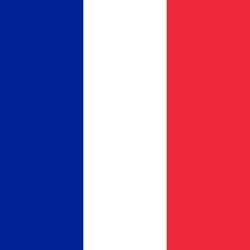 1·3 months ago
1·3 months agoSur mon instance (dans l’appli et version web) ça n’a pas l’air filtré. Tu es sur que ça ne vient pas de ton instance ?






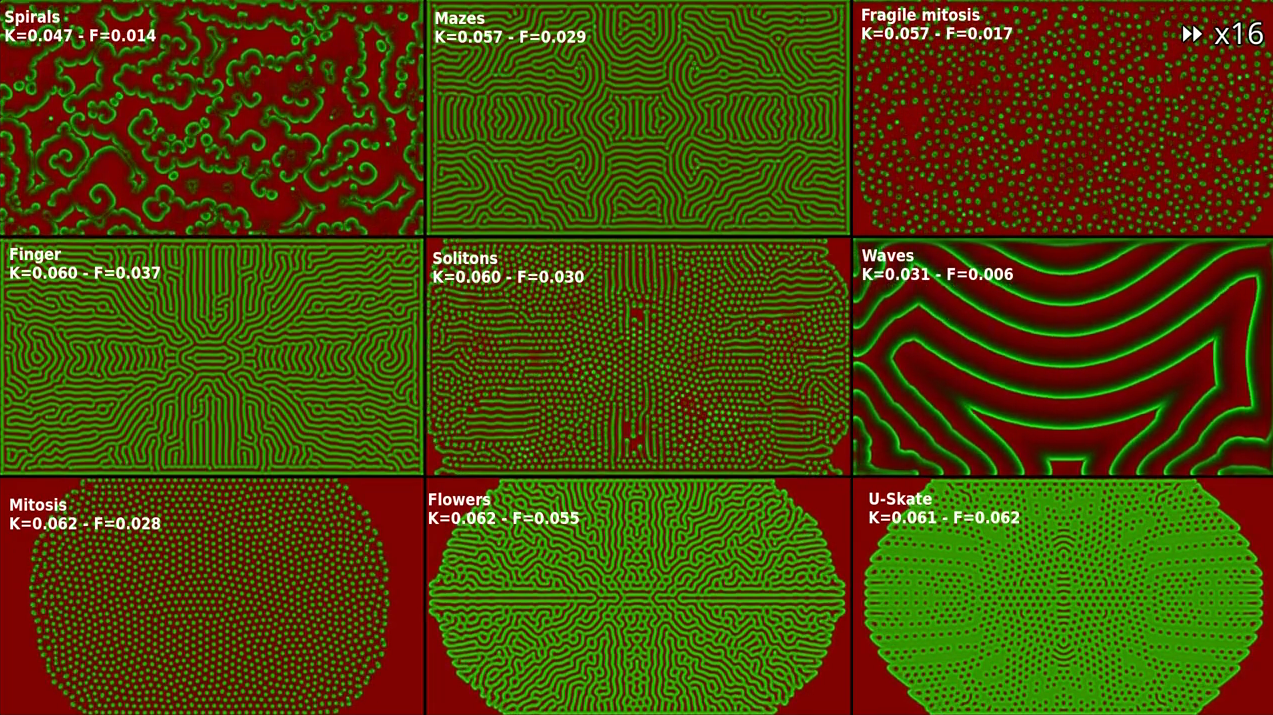

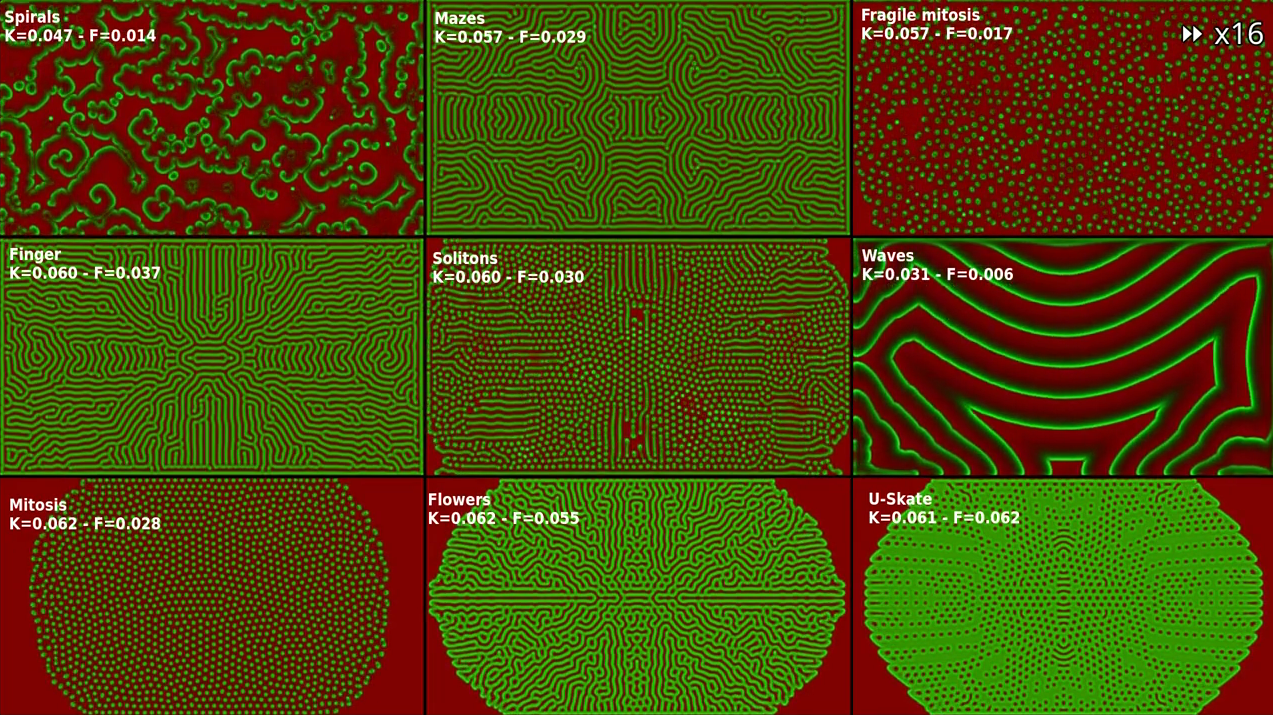
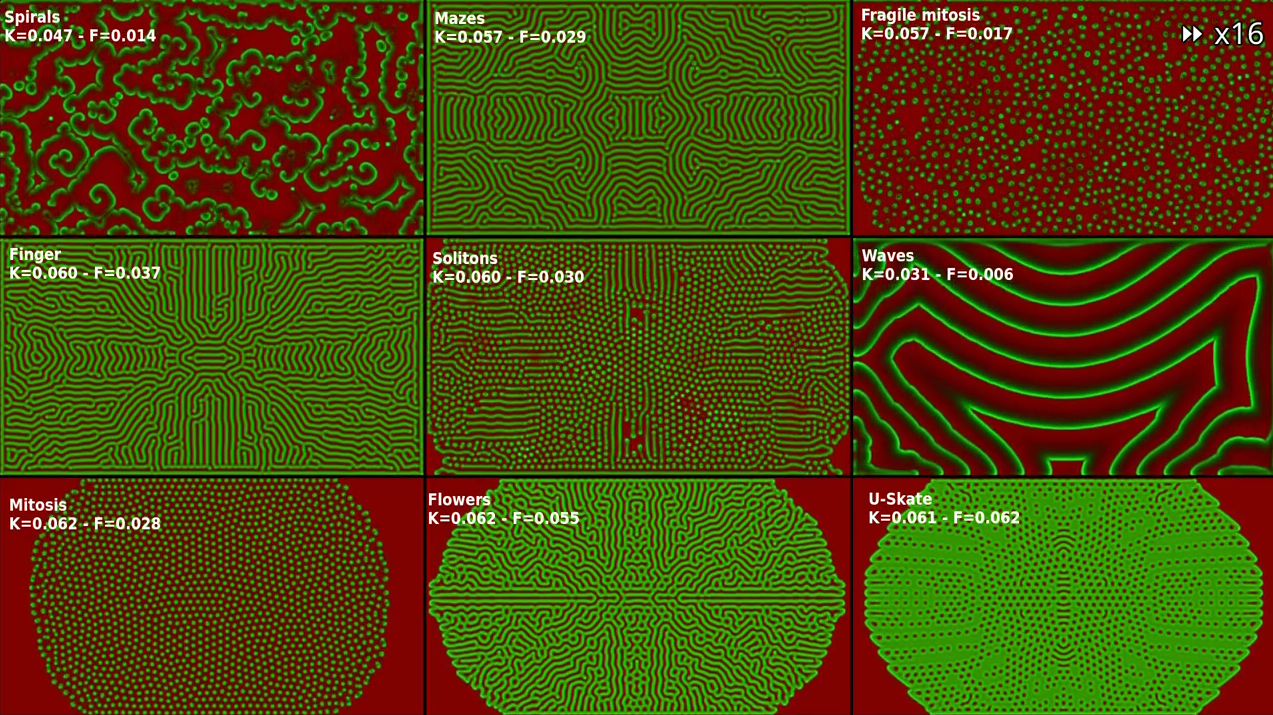







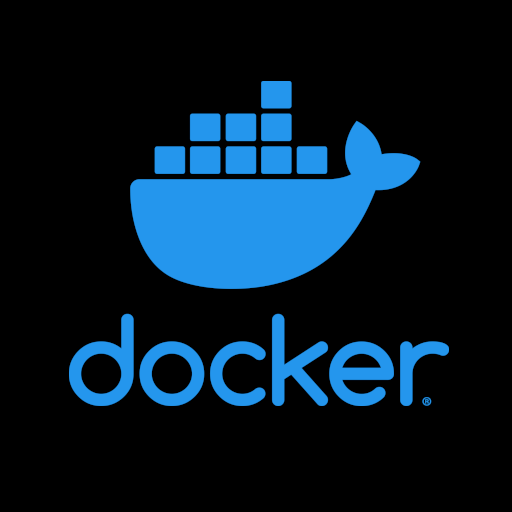
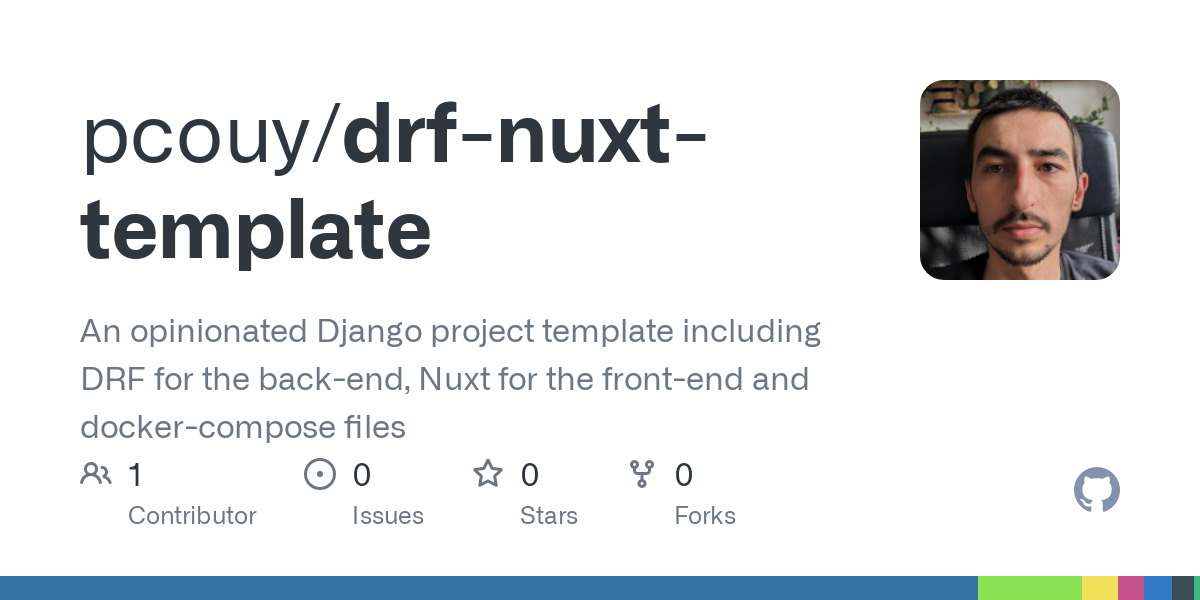


I was exited to read about the recent surge of brute force attempts I received from IPs my fail2ban has not previously seen, but this is just a generic piece from 6 months ago :(